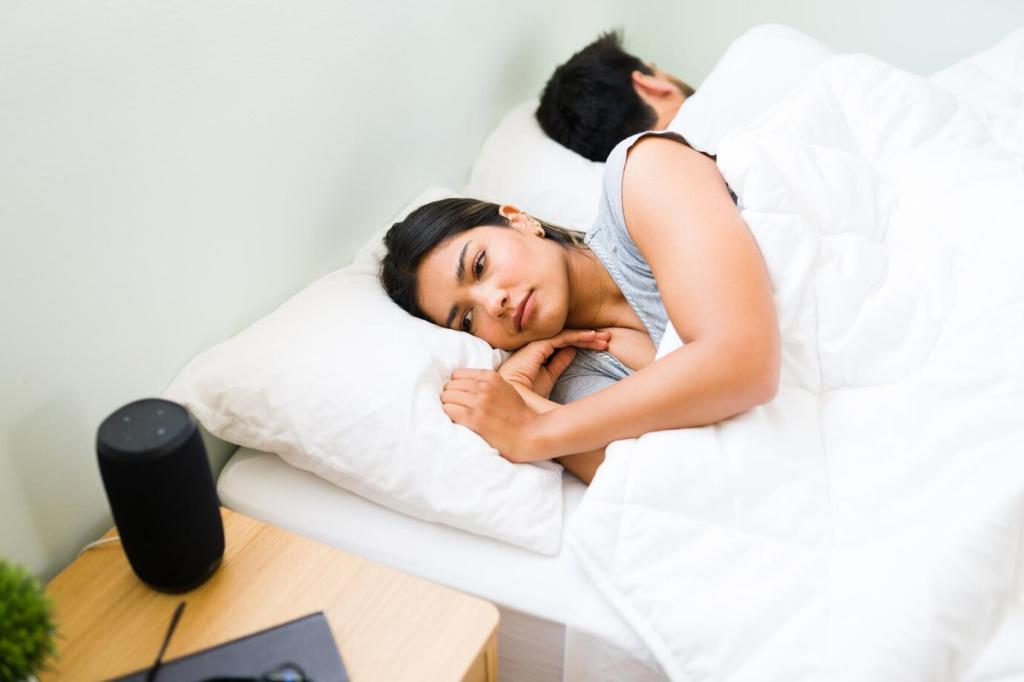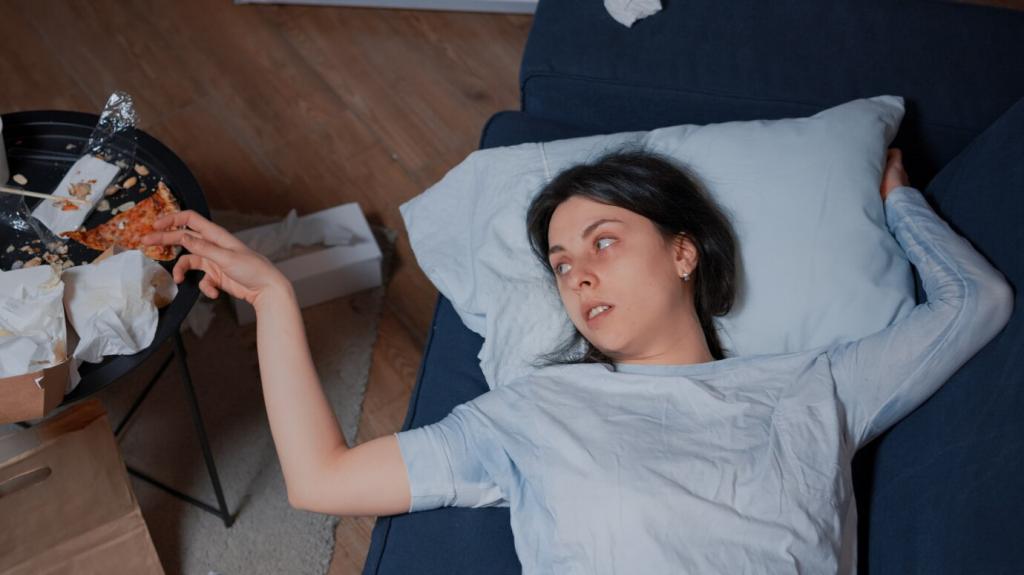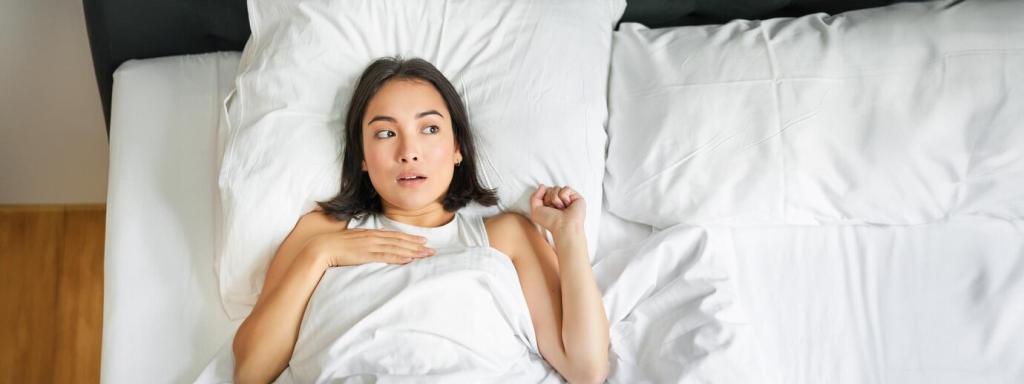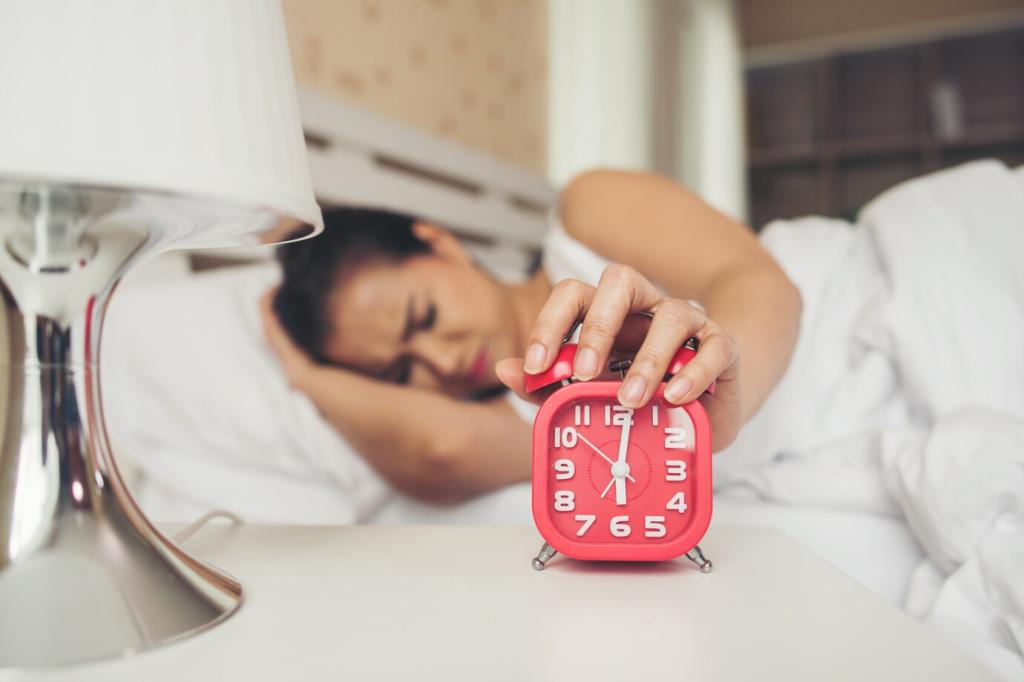
Sleep, Stress, and Finding Your Calm
Today’s chosen theme: The Connection Between Insomnia and Stress. Explore how tension hijacks your nights—and how small, consistent shifts can restore rest. Subscribe for weekly insights and gentle tools that help you sleep more easily, even when life feels loud.
What Really Happens: Stress, Cortisol, and Your Sleep Architecture

The 2 a.m. Cortisol Surge
When daytime stress lingers, the HPA axis can spike cortisol in the early morning hours. That surge nudges you toward lighter sleep or full wakefulness. Track those wake times for a week and share patterns you notice in the comments.

Hyperarousal and Racing Thoughts
Stress primes the nervous system for threat detection. At bedtime, that hypervigilance turns small concerns into mental sprints. Notice muscle tension, shallow breathing, and looping thoughts. Tell us which cues tip you off so we can craft targeted strategies together.

The Vicious Cycle
Poor sleep magnifies stress reactivity the next day; heightened stress then sabotages the next night’s rest. This spiral can feel inevitable, but small friction points break it. Post your toughest moment, and we’ll brainstorm one gentle countermove.


Spot the Signs: When Stress Tips You Into Insomnia
Irritability, sugar cravings, and midafternoon crashes often signal stress-soaked, low-quality sleep. Watch for over-caffeinating to push through fatigue. If these show up three days running, drop a note about what changed in your schedule.
Spot the Signs: When Stress Tips You Into Insomnia
Falling asleep fast but waking at 3 a.m., or tossing before deadlines, maps directly to your stress load. Keep a two-column log—stressors and sleep—without judgment. Share a snapshot of your log’s trends; we’ll help decode them.
Wind-Down Routines That Disarm Stress Before Bed
Set a consistent lights-out and subtract forty-five minutes. Dim screens, pack tomorrow’s bag, warm shower, then a chapter of low-stakes fiction. Repeat for seven nights. Report which step best softened the stress–insomnia link for you.


Wind-Down Routines That Disarm Stress Before Bed
Try 4-7-8 or box breathing for four rounds, then extend exhale slightly longer than inhale. This nudges the parasympathetic system. Track how many minutes it takes to unwind. Share your favorite technique in the thread.



Body Basics: Food, Movement, and Light That Calm the System
Caffeine, Alcohol, and Timing Truths
Caffeine’s half-life can shadow sleep for hours; alcohol sedates then fragments. Set a caffeine cutoff eight hours before bed and keep alcohol modest and early. After a week, comment on mood, wake-ups, and morning clarity.
Movement That Soothes, Not Stimulates
Gentle evening yoga, walking after dinner, or light stretching melts stress without revving your system. High-intensity sessions late can backfire. Experiment three nights and post which movement left your body heavy, warm, and ready for sleep.
Morning Light as Medicine
Ten to thirty minutes of outdoor morning light anchors circadian rhythms and buffers stress. Pair it with a calm podcast or mindful steps. If weather blocks sunlight, use a light box. Tell us your light routine and results.
A Reader’s Journey: How Maya Broke the Stress–Insomnia Loop

Maya tracked deadlines, family worries, and worries about not sleeping. Seeing triggers on paper lowered their power. She commented daily with one small win; naming a single stressor softened her 3 a.m. awakenings within five nights.
